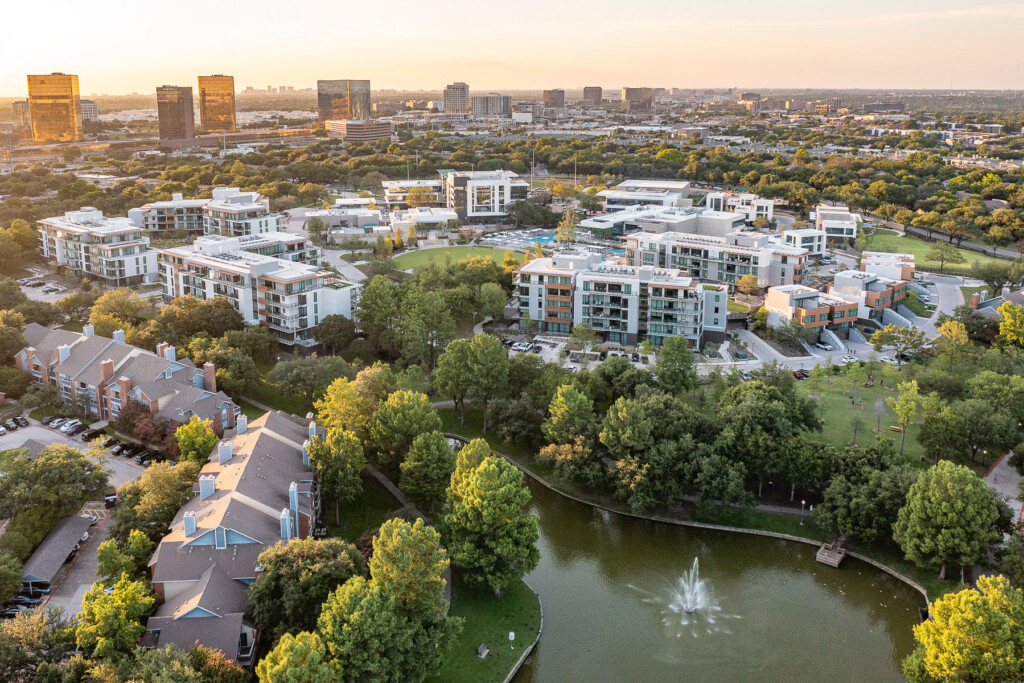In the ever-evolving world of commercial real estate, 2023 has brought about many challenges and opportunities. From inflationary pressures and sharp hikes in interest rates to an unprecedented slowdown in multifamily starts, the industry has been bracing for change.

Historically, major national and global events have profoundly affected the multifamily sector. From project delays and financing woes due to 2008’s financial freezes or the shifts in investor sentiment after the 9/11 terror attacks to the unforeseen operational and market impacts of the Covid-19 pandemic, multifamily has consistently demonstrated its resilience. The pandemic, in particular, reshaped renter behaviors, led to urban exodus trends, and created financial strain for some landlords due to widespread eviction moratoriums. Yet, each scenario taught the industry about flexibility, the importance of solid relationships, adaptability in the face of unexpected challenges, and, most importantly, showcased the multifamily sector’s inherent ability to bounce back.
Recent reports from Institutional Property Advisors provide telling insights into the multifamily landscape. Apartment construction starts in major U.S. markets during 2023’s second quarter saw a sharp decline, predominantly due to diminished access to development capital. This downturn has also been particularly challenging for buyers, notably those who acquired assets at their top values in 2021 and 2022. These investors now face the dual risk of swiftly escalating interest rates and an increasingly stringent debt and equity financing environment.
With that being said, the coming six to 12 months will almost certainly reveal more market distress, especially for those who entered at the peak with short-term floating rate debt. The wall of maturities will compound the impact of higher rates on cash flows. On the other hand, this may pave the way for unique acquisitions, such as purchases of quality assets below replacement costs. But if history is a guide, such opportunities may prove fleeting, especially if debt and equity begin to change course and the herd mentality starts running the other way (as it often does).
It’s also important to recognize that DFW has not been immune to the turmoil in the financial markets. In stark contrast to the stellar numbers the region continues to put up in population and job growth, DFW saw a significant 67 percent decrease this year in the initiation of multifamily housing projects compared to 2021, and we could see starts drop even further if capital markets don’t repair themselves quickly. Moreover, values on multifamily assets have declined more than 25 percent from the absolute peak in 2022, with lower-quality assets dropping even more.
While these figures are certainly daunting, DFW still demonstrates remarkable resilience relative to other regions. Despite the national decline in multifamily starts, the impact on Texas, particularly DFW, underscores the area’s unique position and potential in the multifamily sector.
With the highs often come the lows. And vice versa. With a high volume of multifamily properties being delivered in the immediate future (though not even close to the relative delivery gluts in some other metros), we will likely see a slight dip in occupancies. But, as a beacon of multifamily development, there’s a silver lining for DFW apartment investors. Assuming job and population growth stay robust, we’re potentially looking at a rental housing shortage in the next 12 to 24 months. Interestingly, this makes the present an opportune moment to initiate a development project targeting a 2025 or 2026 delivery.
In line with the industry I’ve chosen for my career, my 20-year journey with Presidium has been anything but linear. These market dynamics continually present a medley of obstacles and opportunities. Our recent ventures have been challenging, especially in navigating the current financing landscape. Yet, our multifamily assets’ performance over the last two years has been pretty consistent. There have been some operational headwinds for sure. Still, in looking at operating statements for our properties and those of other owners, the financial performance of the assets has been generally strong. This current downturn is a crisis led by capital markets, not by declining fundamentals in apartment operations.
Looking ahead, while current challenges loom large, its paired with abundant potential. As delivery volumes are projected to taper off by 2025, with DFW’s consistent position as a hub for job growth, the future beyond the near term appears promising. Fortified with past lessons and buoyed by future prospects, I remain convinced that North Texas continues to be the premier market for multifamily real estate endeavors.
John Griggs is the Co-Founder and Co-CEO of Presidium.
Author







